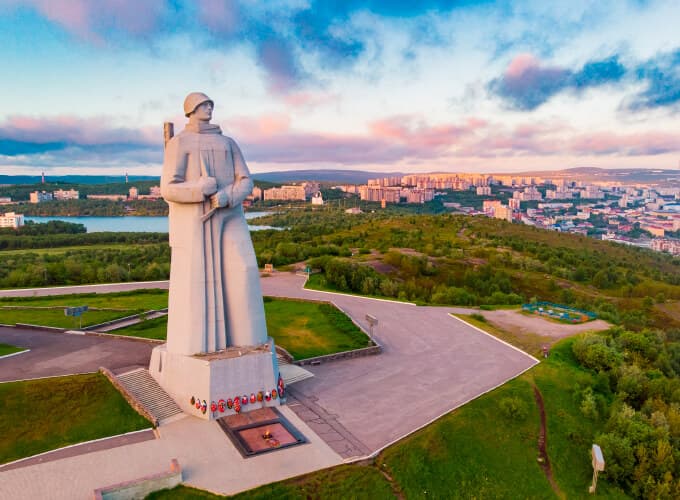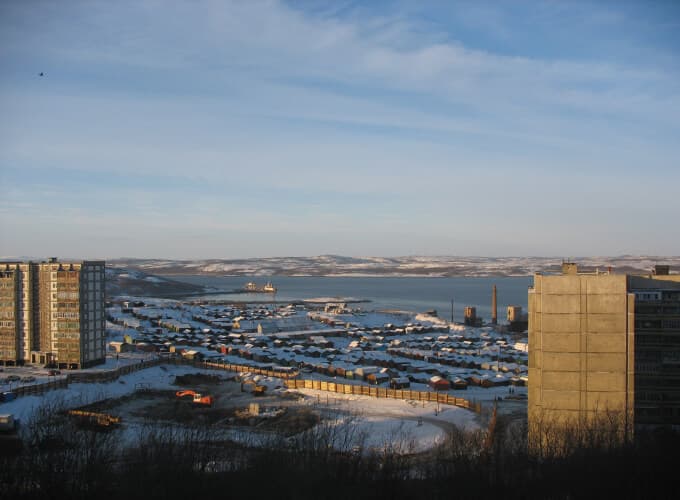The Murmansk Region is located in the northwest of the European part of Russia along the Barents and White Seas and shares a land border with Finland and Norway.
Approximately 70% of its territory lies north of the Arctic Circle, and the region is fully included in Russia’s Arctic zone.
Administrative centre: Murmansk.
Population of the region: more than 700,000.
Area of the region: 144 900 km2.
Time zone: UTC+3. Moscow and the Murmansk Region are in the same time zone.








